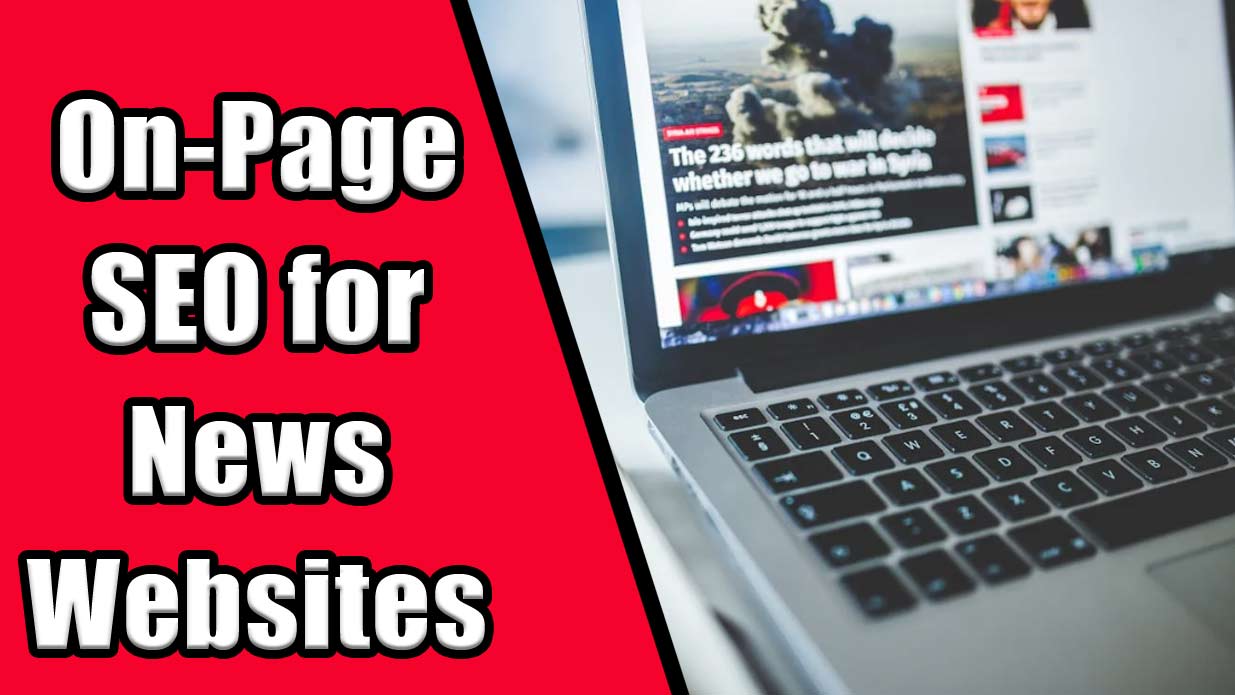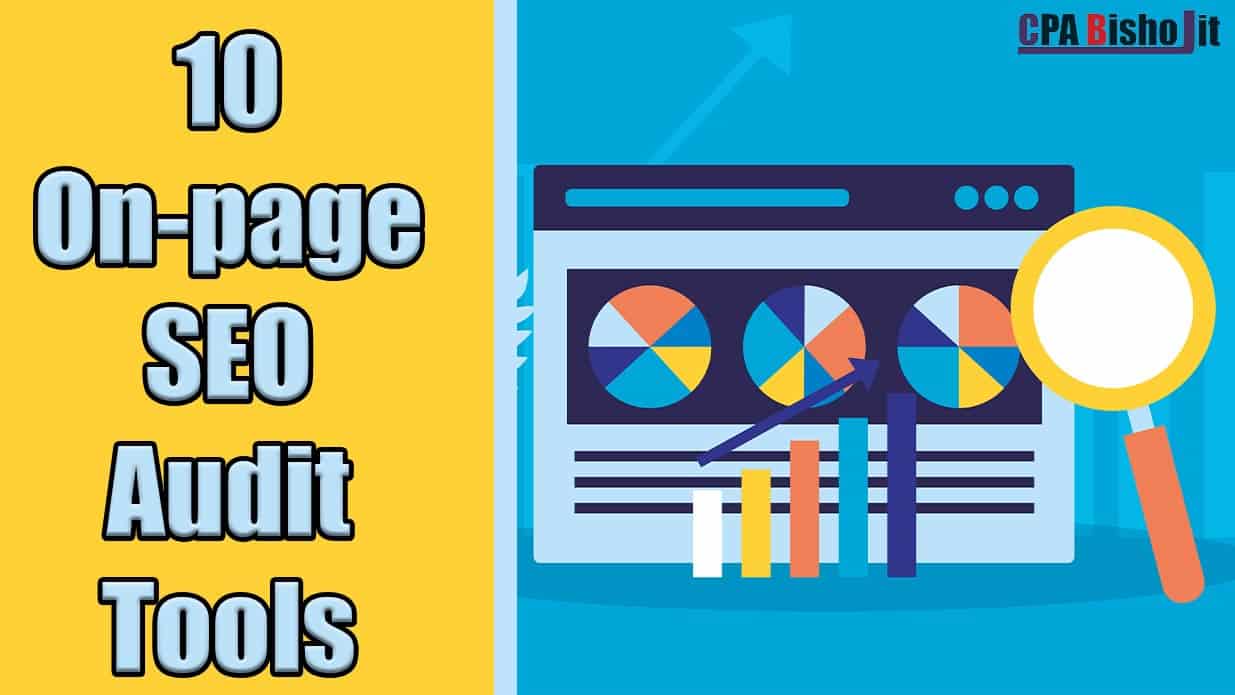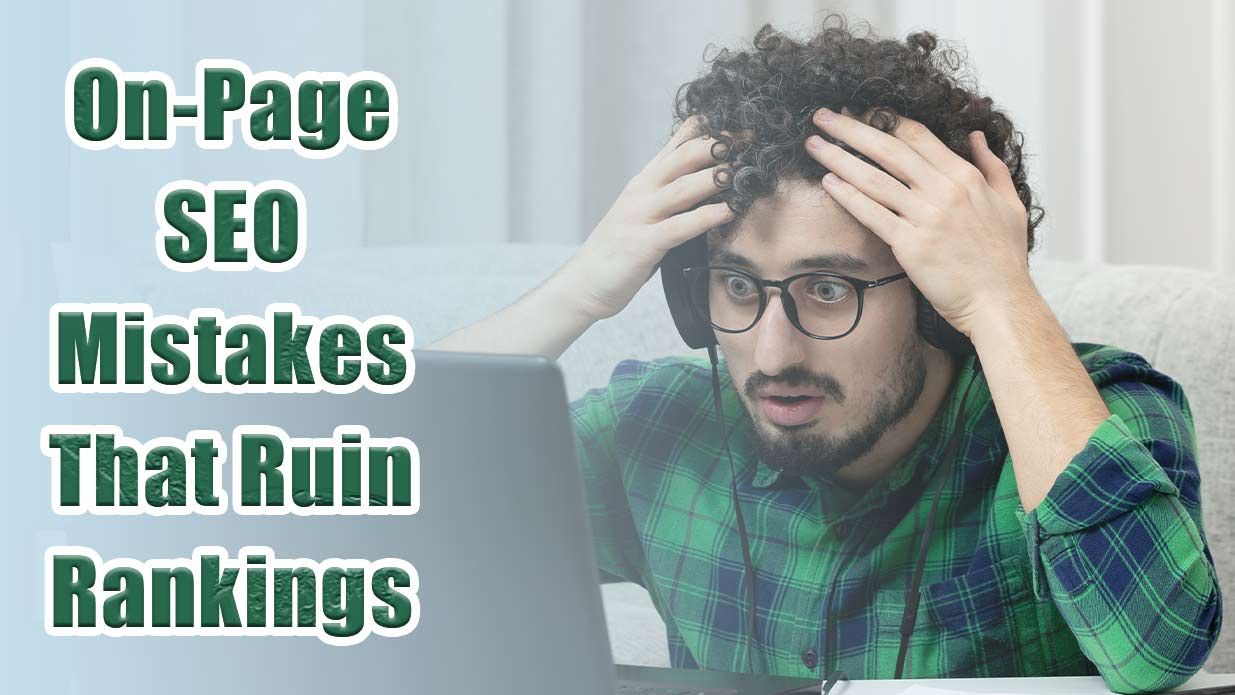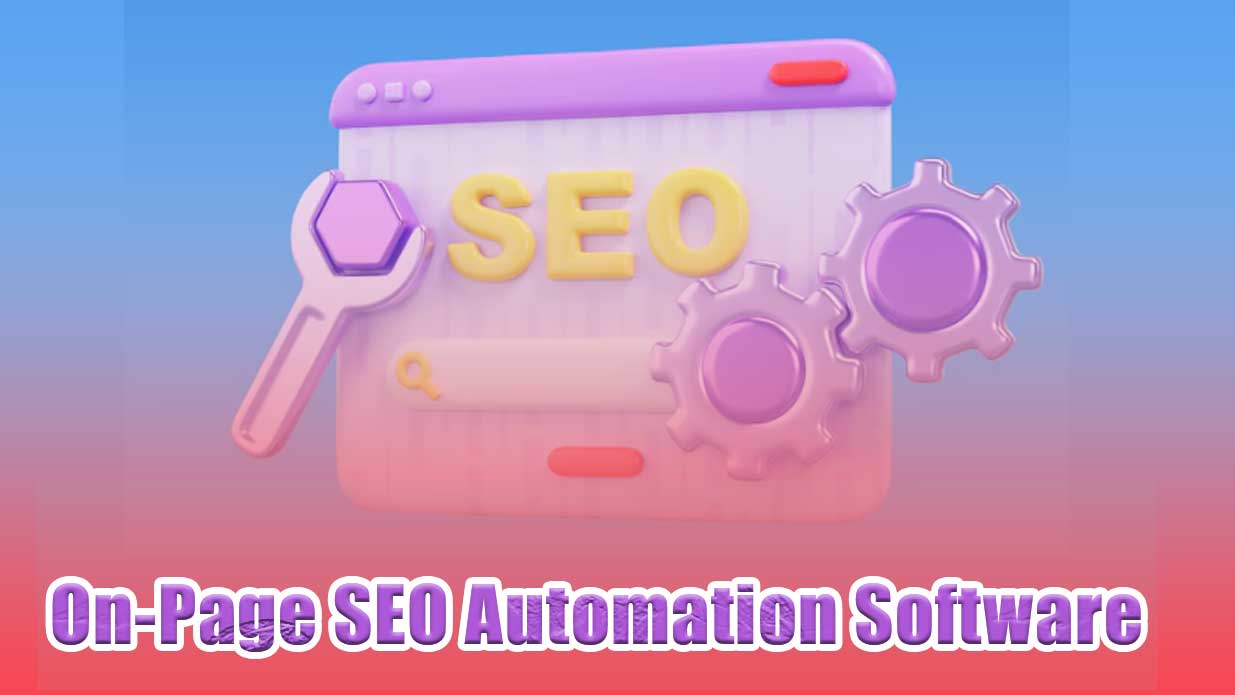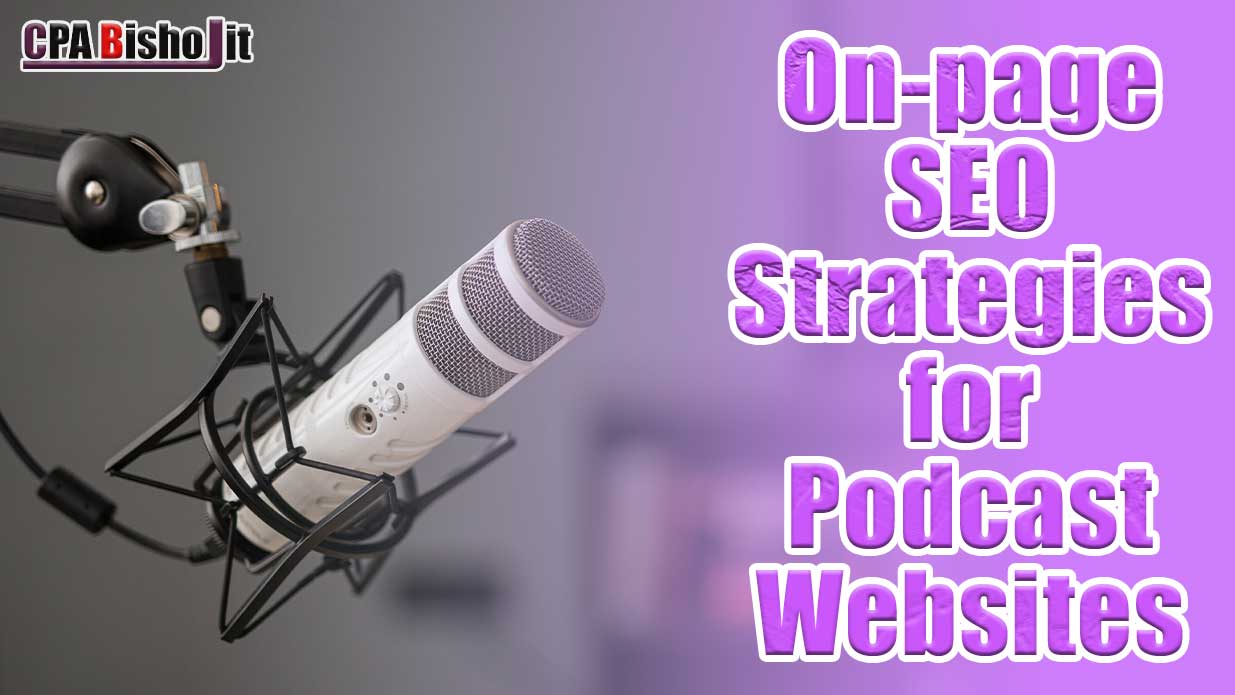On-Page SEO vs. Off-Page SEO Comparison & Which Matters in 2024
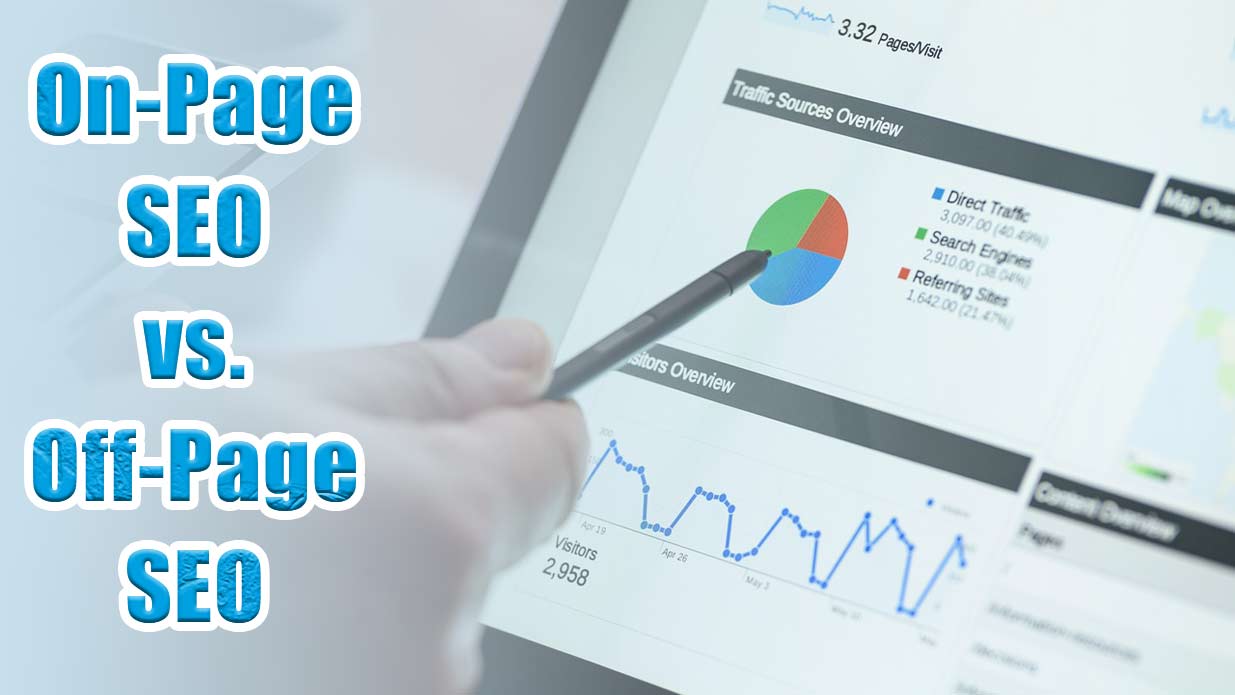
Think of SEO as a two-part process. On one side, there’s on-page SEO, which involves optimizing the elements you can control directly on your website. On the other side is off-page SEO, which focuses on building your site’s reputation and authority through external factors. According to a 2023 SEMrush report, 70% of marketers consider on-page SEO essential for long-term success, while 65% emphasize the importance of off-page factors like backlinks.
This guide will dive into each aspect, compare their effects, and show you how to strike the right balance for top SEO performance in 2024. Let’s explore how you can make the most of both!
On-Page vs. Off-Page SEO Comparison Table
To get a clear picture of how on-page and off-page SEO stack up, here’s a handy comparison table. Think of it as a side-by-side look at these two critical SEO components.
Also Read: Ultimate On-Page SEO Checklist
| Aspect | On-Page SEO | Off-Page SEO |
| Definition | Optimizing elements on your own website. | Building authority through external factors. |
| Focus | Content quality, site structure, user experience. | Backlinks, social signals, brand mentions. |
| Control | Directly within your control. | Less control, relies on external sites. |
| Immediate Impact | Can quickly affect search rankings. | Builds over time, gradual impact. |
| Key Factors | Title tags, headings, URL structure, load speed. | Number and quality of backlinks, social signals. |
| Measurement | Easily measurable via site analytics. | Requires tools for tracking backlinks and mentions. |
This table simplifies the comparison, helping you understand where to focus your efforts. On-page SEO is like laying a solid foundation for your house. It’s about making sure everything on your site is in top shape. Off-page SEO, on the other hand, is like boosting your home’s curb appeal—it’s about getting noticed and recommended by others.
What is On-Page SEO?
On-page SEO is all about optimizing elements within your own website to improve its ranking in search engine results and enhance user experience. It’s like setting the stage for a performance—getting everything right internally so your site can shine.
Key On-Page SEO Factors
Content Quality
When it comes to on-page SEO, content is king. But it’s not just about filling your site with words; it’s about creating high-quality, valuable content that genuinely helps your audience. Great content is informative, engaging, and relevant to your target keywords. It answers questions, solves problems, and provides a clear, enjoyable reading experience.
- Why it Matters: Quality content keeps users on your page longer and encourages them to explore more, which can positively impact your search rankings.
- How to Improve: Conduct keyword research to ensure you’re covering topics your audience is searching for. Use clear, concise language and break up content with headings, bullet points, and images to make it more readable.
Title Tags and Headings (H1, H2, etc.)
Title tags and headings are like the signposts on your website. They guide both users and search engines, helping everyone understand what your page is about.
- Title Tags: These appear in search engine results and browser tabs. They should be compelling and include your main keyword. Aim for a length between 50-60 characters to avoid truncation in search results.
- Headings (H1, H2, etc.): Headings organize your content into digestible sections. Use H1 for your main title and H2-H6 for subheadings. This hierarchy helps search engines understand the structure and relevance of your content.
URL Structure
A clean, descriptive URL helps both search engines and users understand what your page is about. Think of it as a way to make your website’s address more intuitive.
- Best Practices: Keep URLs short and include relevant keywords. Avoid long strings of numbers or irrelevant words. For example, use www.example.com/seo-tips instead of www.example.com/post-id1234.
Alt Text for Images
Alt text (alternative text) is a description of an image that appears if the image fails to load and is also read by screen readers for the visually impaired.
- Why it Matters: Alt text helps search engines understand the content of your images, which can improve your page’s relevance and visibility. It also contributes to accessibility.
- How to Use: Describe the image as accurately as possible, using relevant keywords when appropriate. Avoid keyword stuffing, and focus on providing a clear, concise description.
Internal Linking
Internal links connect one page of your site to another. They help users navigate your site and spread link equity across your pages.
- Benefits: Internal links improve site navigation, help search engines index your pages, and can boost the rankings of the linked pages.
- Best Practices: Use descriptive anchor text that gives users an idea of what they’ll find on the linked page. Link to relevant pages and avoid overloading any single page with too many links.
Page Load Speed and Mobile Friendliness
Page load speed and mobile friendliness are crucial for both user experience and SEO. A slow-loading page or one that’s not optimized for mobile can drive users away and hurt your rankings.
- Page Load Speed: Faster pages provide a better user experience and can reduce bounce rates. Tools like Google PageSpeed Insights can help you identify and fix speed issues.
- Mobile Friendliness: With more users accessing websites from mobile devices, having a mobile-friendly site is essential. Ensure your site is responsive and performs well on different screen sizes.
Schema Markup
Schema markup is a type of code that you can add to your site to help search engines understand your content better. It’s like providing a cheat sheet to search engines.
- Benefits: It can enhance your search results with rich snippets, such as star ratings, prices, and other relevant information that can make your listing stand out.
- How to Implement: Use schema.org vocabulary to add structured data to your HTML. For example, you can mark up reviews, events, or products to make them more informative in search results.
User Experience (UX) and Core Web Vitals
User experience (UX) focuses on how users interact with your site. Core Web Vitals are a set of metrics that measure the quality of the user experience.
- Core Web Vitals Include:
- Largest Contentful Paint (LCP): Measures loading performance. Aim for an LCP of less than 2.5 seconds.
- First Input Delay (FID): Measures interactivity. Aim for an FID of less than 100 milliseconds.
- Cumulative Layout Shift (CLS): Measures visual stability. Aim for a CLS score of less than 0.1.
- Why They Matter: Good UX and strong Core Web Vitals contribute to a positive experience for users, which can improve engagement and rankings.
By focusing on these on-page SEO factors, you’re laying a solid foundation for your site’s success. Each element plays a crucial role in making your site more visible, user-friendly, and ultimately, more successful in search engine results.
What is Off-Page SEO?
Off-page SEO focuses on activities outside your website that influence your search engine rankings. Unlike on-page SEO, which deals with content and structure within your site, off-page SEO is about building your site’s authority and reputation across the web. Think of it as a way to amplify your site’s credibility and visibility through external means.
Key Off-Page SEO Factors
Backlinks

Backlinks, or inbound links, are links from other websites pointing to your site. They act as votes of confidence, signaling to search engines that your content is valuable and trustworthy.
- Why They Matter: Quality backlinks from reputable sites can significantly boost your search rankings. They also drive referral traffic, which can lead to more potential customers.
- How to Get Them: Aim to earn backlinks through high-quality content that others want to share. Building relationships with industry influencers and guest posting on relevant blogs can also help.
Social Signals
Social signals refer to the likes, shares, and comments your content receives on social media platforms. While not a direct ranking factor, they can influence SEO in several ways.
- Why They Matter: Social signals can increase your content’s reach and visibility, leading to more traffic and potential backlinks. They also help build brand awareness and engagement.
- How to Leverage Them: Actively engage with your audience on social media, share valuable content, and encourage your followers to interact with and share your posts.
Brand Mentions
Brand mentions are references to your brand across the web, even if there’s no direct link to your site. These mentions can help build your brand’s authority and reputation.
- Why They Matter: Frequent mentions of your brand can signal to search engines that your site is popular and relevant, potentially improving your rankings.
- How to Increase Them: Monitor and respond to brand mentions, participate in industry discussions, and create shareable content that encourages others to mention your brand.
NAP Citations and Google Business Profile
NAP stands for Name, Address, and Phone Number. Consistent NAP citations across various online directories and platforms, along with a well-maintained Google Business Profile, help local SEO and improve your site’s visibility in local search results.
- Why They Matter: Consistent NAP information helps search engines verify your business’s legitimacy and accuracy. A well-optimized Google Business Profile can enhance your local search presence and attract local customers.
- How to Optimize: Ensure your NAP details are accurate and consistent across all directories. Regularly update your Google Business Profile with current information, photos, and customer reviews.
Online Reviews and Ratings
Online reviews and ratings are user-generated content that can significantly impact your site’s reputation and local SEO.
- Why They Matter: Positive reviews and high ratings can improve your site’s credibility and attract more customers. They also influence local search rankings and click-through rates.
- How to Manage: Encourage satisfied customers to leave reviews, respond to feedback (both positive and negative), and regularly monitor review sites to maintain a positive online reputation.
By focusing on these off-page SEO factors, you can build a strong online presence that complements your on-page efforts. Off-page SEO helps to establish your site’s authority, attract more visitors, and improve your overall search engine rankings.
On-Page SEO vs. Off-Page SEO: A Side-by-Side Comparison
When it comes to boosting your website’s visibility, both on-page and off-page SEO play critical roles. But how do they stack up against each other? Let’s break it down to see their impact on rankings and how to balance both for optimal results.
Comparing the Impact on Rankings
On-page SEO directly affects your site’s ability to rank by optimizing elements within your control. This includes improving content quality, meta tags, URL structure, and ensuring a smooth user experience. By addressing these factors, you make it easier for search engines to understand and rank your content.
Off-page SEO, on the other hand, focuses on external factors like backlinks and social signals. While you can’t control these factors directly, building high-quality backlinks and maintaining a strong online presence can significantly enhance your site’s authority and trustworthiness in the eyes of search engines.
- On-Page SEO Impact: Your site’s structure, content, and technical elements determine how well it performs in search results for targeted keywords. Strong on-page SEO is essential for gaining initial visibility and ensuring your content is relevant and useful.
- Off-Page SEO Impact: Off-page factors like backlinks and brand mentions boost your site’s credibility and authority, which can lead to higher rankings and increased traffic. It often takes more time to see results from off-page SEO, but it builds long-term trust and authority.
Balancing On-Page and Off-Page SEO
To achieve the best results, it’s crucial to strike a balance between on-page and off-page SEO efforts. Here’s how to ensure you’re covering both bases effectively:
- Start with On-Page SEO: Ensure your website is optimized internally before investing heavily in off-page strategies. This means having high-quality content, optimized meta tags, a clear URL structure, and a mobile-friendly design.
- Enhance with Off-Page SEO: Once your on-page elements are in place, focus on building external credibility. This involves earning backlinks from reputable sites, engaging with your audience on social media, and managing your online reputation.
- Continuous Improvement: SEO is an ongoing process. Regularly update your site’s content, monitor your off-page efforts, and adjust strategies based on performance and industry changes.
Case Studies/Examples
To illustrate the effectiveness of balancing on-page and off-page SEO, consider these real-world examples:
- Example 1: E-Commerce Site Growth An e-commerce website improved its rankings by optimizing product descriptions and metadata (on-page SEO) and simultaneously earned high-quality backlinks from industry blogs (off-page SEO). As a result, the site saw a significant increase in organic traffic and higher conversion rates.
- Example 2: Local Business Success A local business focused on enhancing its Google Business Profile and acquiring local citations (off-page SEO), while also optimizing its website content and local keywords (on-page SEO). The combination of these efforts led to a noticeable boost in local search visibility and foot traffic to their physical store.
By understanding and effectively applying both on-page and off-page SEO strategies, you can enhance your site’s visibility, attract more visitors, and ultimately achieve your digital marketing goals. Balancing these elements ensures that your site not only performs well in search results but also builds a strong, credible presence across the web.
Which Matters More: On-Page or Off-Page SEO?
When deciding whether on-page or off-page SEO deserves more of your focus, consider various factors that influence your website’s success. Both play crucial roles, but their importance can vary based on specific circumstances. Let’s explore what you should consider to determine which might be more impactful for your situation.
Factors to Consider
- Current Site Status: Evaluate the current health of your website. If your site is lacking in basic on-page elements like optimized content or a clear URL structure, it’s wise to focus on these aspects first. On-page SEO is foundational—without it, off-page efforts might not yield the best results.
- Competition Level: If you’re in a highly competitive niche, off-page SEO can be crucial for standing out. Building strong backlinks and gaining social signals can help elevate your site’s authority, especially if many competitors are already optimizing their on-page elements effectively.
- Resource Allocation: Consider how much time and resources you can dedicate. On-page SEO might require an initial investment in content creation and site adjustments, while off-page SEO often involves ongoing efforts such as link-building and social engagement. Balancing your resources based on your site’s needs and goals is key.
Long-Term vs. Short-Term Impact
- On-Page SEO (Short-Term): On-page SEO can produce relatively quick improvements in search rankings. Once you optimize your content and technical elements, you might see results within a few weeks. It’s often the first step in SEO because it directly impacts how search engines read and rank your site.
- Off-Page SEO (Long-Term): Off-page SEO generally takes more time to show results. Building a strong backlink profile and gaining social proof can take months, but the benefits are long-lasting. Over time, these efforts can significantly boost your site’s authority and ranking, making it a crucial component of sustained SEO success.
Industry-Specific Recommendations
Different industries may prioritize on-page or off-page SEO differently:
- E-Commerce: For online stores, on-page SEO is crucial for optimizing product pages, metadata, and site navigation to convert visitors into customers. However, off-page SEO, such as acquiring backlinks from industry-specific sites and securing positive reviews, can greatly enhance authority and drive traffic.
- Local Businesses: Local SEO benefits from a strong Google Business Profile and local citations (off-page SEO) but also needs well-optimized local content and keywords on the website (on-page SEO) to rank well in local search results.
- Content and Media Sites: These sites often rely heavily on off-page SEO to drive traffic, such as through social shares and backlinks from influential sites. Yet, on-page SEO is also vital for ensuring content is accessible and engaging to visitors.
In conclusion, neither on-page nor off-page SEO can be neglected if you want to maximize your site’s performance. Assess your specific needs, industry requirements, and available resources to create a balanced approach that leverages the strengths of both strategies.
Final Thoughts
In the SEO game, both on-page and off-page factors are crucial players. On-page SEO sharpens your website’s internal elements—like content and title tags—making it more search-engine friendly and instantly improving your rankings. Off-page SEO, on the other hand, builds your site’s authority through backlinks, social signals, and brand mentions, which takes time but pays off big in the long run.
Think of on-page SEO as laying a solid foundation, while off-page SEO is like adding the finishing touches that boost your site’s visibility. A well-balanced strategy that leverages both will put you on the path to SEO success. So, tune up your site from the inside out and keep building those external connections to keep your SEO game strong!

